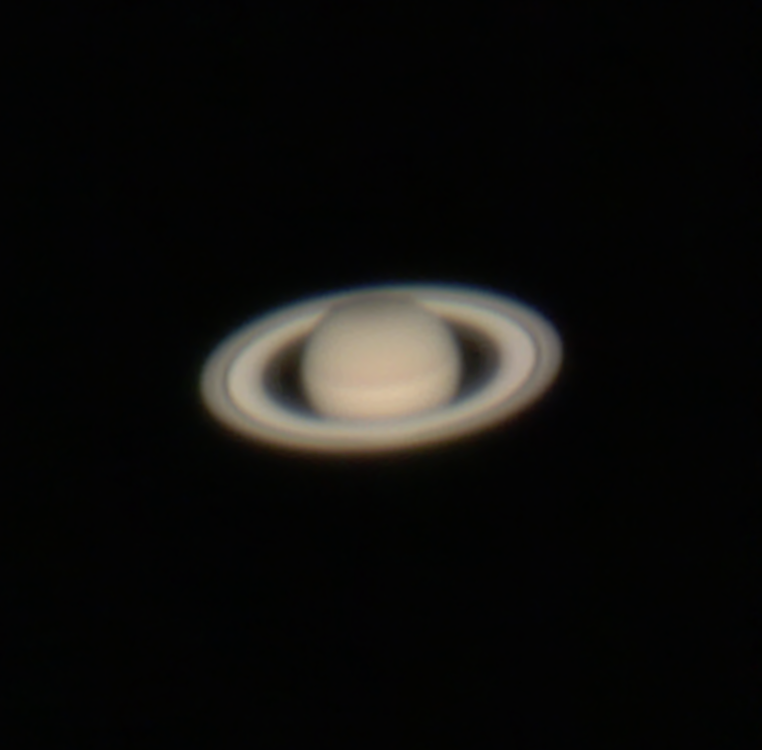Thanks Ed. I've found 'Handbrake' useful for converting video, but if you use PIPP to prepare your video before stacking think it handles MP4.
For the record, this is how I do planetary images:
1. Long focal length, 150mm x 1200mm scope with a >3x barlow for about 4m focal length.
2. Good polar alignment for accurate tracking.
3. ZWO ASI 120MC – main advantages you can capture RAW video using a cropped field of view. I go for 480 x 480 pixels (I use Sharpcap to capture the video). This lets me run at 80 to 120 frames per second.
4. An 'atmospheric dispersion corrector' – difficult to get the hang of initially, this reverses the smearing of the image caused by diffraction at lower elevations.
5. I also have a filter wheel for RGB imaging with a mono camera, but when using the colour one I just have it set at the IR/UV cut filter.
6. I focus by maximising the contrast score in Sharpcap, this is very sensitive.
7. I set gain to max, USB speed to maximum and use the shortest exposure that gives reasonable images.
8. I capture runs of 5,000 frames. By keeping to 1 to 2 minutes of capture, smearing caused by rotation of the planet is minimised.
9. I pre-process in PIPP but set it NOT to debayer the raw frames
10. This allows me to debayer in Autostakkert!3 and use 1.5x drizzle (if you debayer in PIPP the bayer pattern become visible when drizzled). If data isn't as sharp as I'd like not using drizzle give better results.
11. I usually sharpen with wavelets in Registax than finish off in Astra Image, but some images really benefit from more work in Photoshop – for example that Mars image was impossible to colour balance properly without using something like photoshop.
Final note, Saturn has very little surface detail so the image above is several runs of 5,000 frames combined and just the best 10% or so stacked. This has given a hint of the position of the Encke ring as a change in tone, although my scope isn't big enough to resolve it as a discrete line.
There is no right or wrong for processing, but I'm tending to go for more 'gentle' processing these days as I dislike planetary images with too much contrast unless the details are there to justify it.
 Michael Gilligan.
Michael Gilligan.










